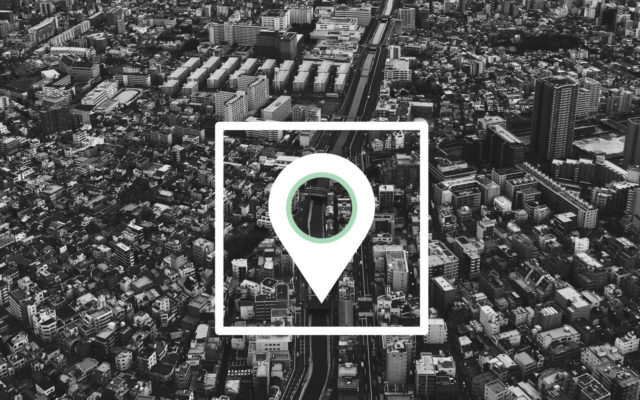Big data technologies have changed the way we interact, review and leverage volumes of information. They’ve given rise to a multitude of new solutions, particularly automated and highly-efficient analytics streams that could systematically improve operations.
When coupled with AI and machine learning, those data streams become a veritable treasure trove of insights. Such tools are capable of analyzing unprecedented quantities of information at superhuman speeds with little to no oversight.
Of course, experienced professionals must pour over and digest the resulting data — a field we refer to as data science. These analysts take the information the machine spits out and convert it into a more readable form for others — primarily upper management and decision makers.
New forms of information and customer profiles are now possible, segmented and categorized by details such as age, location or active regions, and even engagement levels. Yes, it’s now possible to measure and quantify the level of interest or engagement your audience has.
But, for business — especially small- to medium-sized organizations — location intelligence and location data is one of the most useful streams.
Why location intelligence matters
Datasets on their own are incredibly powerful and practical, there’s no question about it. With the right information, you can understand what your customers want, how your business or products are faring and how to make more-informed, almost predictive decisions in the future.
Crucial to truly understanding context, however, is the idea of “where” or “when” a series of events come to pass. Most business intelligence systems allow you to see things like what purchases a customer made, the prices they paid, the time and date of the purchase and even the payment methods they used. But as with most businesses, it’s just as important to know where that purchase was made — as in what store — and what methods they used. Did the customer visit a local store? Were they out of town or out of the country? Did they make the purchase online?
This information can further the data collected, too. You see, visualization is necessary to understand large swaths of data — many call this process “mapifying” your business data. But such a thing is only possible when you have location information attached to data streams or datasets. Location intelligence, specifically, involves the connection of information or data points with a geographical location — often denoted by location coordinates.
Once you have a location attached, you can present or view the data in new, more revealing ways. This all helps to explain why location data is vital to understanding regions and their effect on your business and operations.
Location intelligence will help inform and improve marketing, management, supply chain, logistics and customer support teams across a company.
Where does AI fit in?
AI and machine learning platforms can be deployed to analyze and process incredibly large stores of data quickly and accurately. The most promising aspect of these technologies, however — and where the “learning” term comes from in machine learning — is that they are continually improving over time as they ingest more data. They are already incredibly accurate and useful, but that improves more and more with each subsequent use of the tech.
It’s why platforms like IBM’s Watson are not just becoming more capable, but being used to do new, innovative things outside of their original purpose. A system once developed to ingest and analyze vast streams of data and make sense of it is now capable of creating film trailers, playing games and even improving medical research.
In location intelligence contexts, AI and big data technologies can be used to build highly complex models or algorithms with unprecedented levels of accuracy. These algorithms or frameworks, if you will, can then be used to take action or deploy a solution.
Imagine taking large sets of data and applying it to business operations so you know when, where and how you can maximize revenue and success. Because that’s remarkably generalized, let’s consider a real-world scenario.
Hurricane season is upon us, which means that on the east coast, many people are stocking up supplies and taking precautions to prepare their homes and families. Retailers and businesses can use this to increase and deliver the right products — the natural order of supply and demand.
But imagine knowing exactly how climate and weather, human behaviour and local supply will affect operations. Both current and historical geographical data can be assessed to find this information — or, more importantly, put it to use in the current climate. Suddenly, a business understands not just what it needs, but how much, where it will be most in demand, when demand will rise or fall and how that affects production or scaling.
Furthermore, once that algorithm is created — and delivers accurate insights — it can be leveraged a nearly infinite number of times in the future, and modified to fit within other scenarios or events.
In this way, AI and machine learning really are just helping data scientists and analysts create streamlined frameworks for the practical application of datasets and information.
Article by channel:
Everything you need to know about Digital Transformation
The best articles, news and events direct to your inbox
Read more articles tagged: Analytics, Data Visualisation







